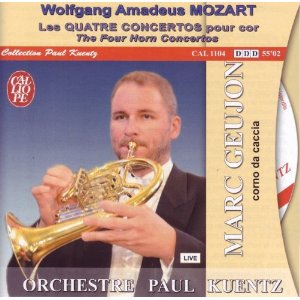
Mozart’s horn concertos remain cornerstones of the hornist's repertoire. No one has ever written horn music quite so idiomatic, tuneful and loveable. They were composed for the Viennese hand horn player Joseph Leutgeb, whose technical virtuosity by some accounts wasn’t matched by intellectual ability; Mozart wrote cheeky insults addressed to Leutgeb in the manuscript of K495. But these brief works brim with warmth and affection; each one perfectly proportioned, difficult to play well but never impossible. The most lyrical, K447, is the easiest to perform; Mozart knew that Leutgeb’s powers were fading and crafted a less flamboyant, though no less eloquent, solo part accordingly. Leutgeb retired from the Viennese musical scene to sell cheese and sausages. The great Dennis Brain popularised the works in the 1950s; his recording remains unsurpassed.
This curious CD can’t be compared with any existing recording. Paul Kuentz’s accompaniments are nimble but not historically informed, and the unwary will be startled by Marc Geujon’s first entry. Principal trumpet in the orchestra of L’Opéra de Paris, he uses a corno da caccia. Superficially it looks a little like a modern valve horn, but it’s half the length. It sounds more like a flugelhorn. Which is fine. Geujon’s playing is sweetly shaded and agile, and there are moments when you do forget that you’re not listening to a horn. The suaveness can occasionally create problems; Mozart’s galumphing hunting rondos benefit from a touch of recklessness; here, they sound too easy. But the three aria-like slow movements are blissful.
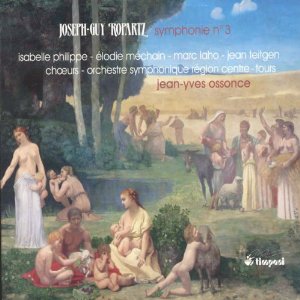
Joseph-Guy Ropartz remains little known in the UK, an overlooked late-Romantic whose refined, sensuous music was overshadowed by that of Debussy and Ravel, though the famously grumpy Debussy did praise Ropartz in his role as head of a conservatoire. Born in 1864, he survived until 1955. Ropartz’s Symphony No 3 was completed in 1906; an expansive three-movement work which is half oratorio, half symphony. Ropartz’s ripe text reads better in French than it does in the translation provided, dominated by images of a benign sun, whose "dazzling light sets joyful nature ablaze”. And at the close, the sun is exhorted to “arise in radiance! Unite your dazzling light to the fires of Truth, Justice and Love”. It’s suggested that the symphony is a coded response by Ropartz to the Dreyfus affair. Fascinating, but is the piece any good?
Predominantly stately tempi and long, slow build-ups mean that the symphony takes a while to cohere. The choral writing is highly impressive, and the occasional ecstatic, sun-fuelled outbursts are overwhelming in this live recording. Ropartz’s scoring can be a touch thick and murky; things are best when he pares back the orchestral writing and lets his vocalists do the work. The extended solo quartet at the start of the third movement is gorgeous. Serious, underrated music in a decent performance.
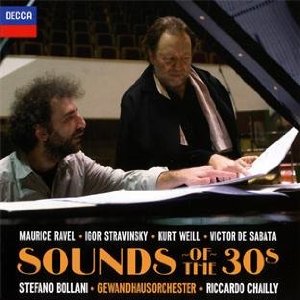
Pianist Stefano Bollani’s last collaboration with Riccardo Chailly’s Leipzig forces gave us an unexpectedly idiomatic Gershwin collection – as notable for Bollani’s cheeky contribution as to the Leipzig orchestra’s natural assimilation of Gershwin’s style. They’re assumed to be an orchestra of heavyweights, but it’s a pleasure to hear how delicately, how transparently they accompany a well-behaved Bollani in the Ravel Concerto. The chattering winds in the first movement coda are so cleanly, wittily articulated, matching Bollani’s reckless semiquavers. Delicious. You get more of the same in the last movement. Trombone smears are brilliantly crude, but never vulgar. Only at the start of Ravel’s sublime Adagio are you underwhelmed; Bollani is just too prosaic in the opening phrases, happier a few minutes in when he’s tinkling gently behind an eloquent cor anglais solo.
I was slightly baffled by the shorter couplings – Stravinsky’s Tango dates from, er, 1940. Bollani’s solo reading is great, but Felix Guenther’s orchestral version is too glossy and heavy on its feet. The inclusion of two Kurt Weill songs, dating from the 1920s, left me baffled, though Bollani’s arrangements are sensitive. Things perk up with a rare suite drawn from Victor de Sabata’s 1932 ballet Mille e una notte. De Sabata is remembered chiefly as a conductor, accompanying several of Maria Callas’s recordings. Based on A Thousand and One Nights, this piece makes this disc as essential acquistion. Musically it’s all over the place – part Gershwin, part Richard Strauss, and brilliantly scored. The tunes are fabulous, and the work is stunningly performed – a shame that Decca don’t provide a synopsis.
Watch Stefano Bollani play Ravel

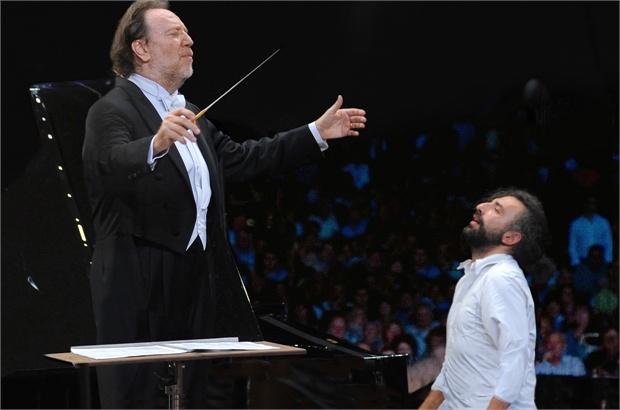








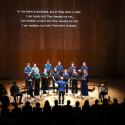
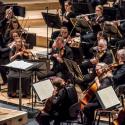
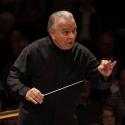

Add comment